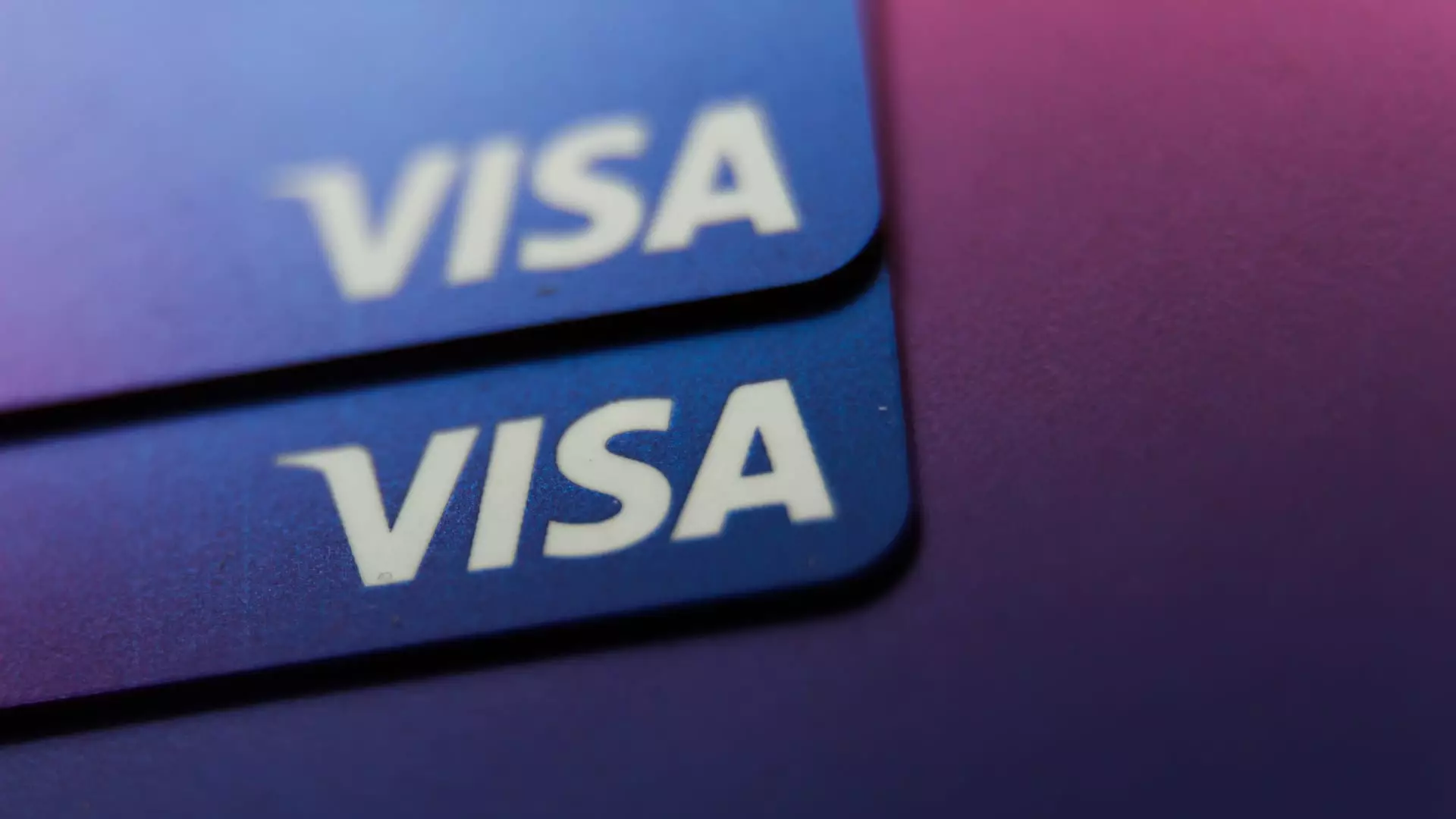In a bold move, Visa has announced plans to revolutionize the way we make payments by introducing a dedicated service for bank transfers. This innovative approach will bypass traditional credit cards and direct debit processes, providing users with more control and ease in managing their finances. Let’s delve into the details of this groundbreaking development and its potential implications for the future of payment methods.
Visa’s upcoming account-to-account (A2A) payments service is set to launch in Europe next year, starting with the UK in early 2025. This new service will allow users to set up direct debits on merchants’ e-commerce stores with just a few clicks, eliminating the need for cumbersome direct debit forms. By linking directly to consumers’ bank accounts, the A2A service will offer greater security and control over payments, giving consumers the ability to monitor transactions more easily and address any issues promptly.
Advantages of Visa’s A2A Service
One of the key advantages of Visa’s A2A service is the introduction of variable recurring payments (VRP), which enables users to make and manage recurring payments of varying amounts. This flexibility addresses the limitations of static direct debits, where changes in payment amounts require advance notice or the setup of a new direct debit. By introducing VRP, Visa aims to streamline the payment process and provide consumers with a modern, digital payment experience.
Open Banking Technology
Visa’s A2A product relies on open banking technology, which has gained popularity in Europe due to regulatory reforms. Open banking enables third-party fintechs to access consumer banking data, allowing for innovative payment services that are directly linked to consumers’ bank accounts. Visa’s acquisition of Tink, an open banking service, further demonstrates its commitment to integrating new technologies and staying ahead of the competition in the rapidly evolving fintech landscape.
While Visa’s A2A service presents exciting possibilities for the future of payment methods, it also faces challenges. The risk of cannibalizing Visa’s existing card business looms large, as merchants may opt to bypass cards for payments, potentially impacting Visa’s transaction fees. However, Visa remains focused on enabling the best payment solutions for consumers and merchants alike, whether through cards or non-card transactions. As the payment industry continues to evolve, Visa is positioning itself as a leader in driving innovation and providing secure, convenient payment methods for all.
Visa’s new A2A service represents a significant step forward in modernizing payment methods and enhancing consumer control over financial transactions. With the rise of open banking technology and the increasing demand for innovative payment solutions, Visa’s strategic approach to diversifying its services and embracing new technologies is poised to shape the future of payments in Europe and beyond.

